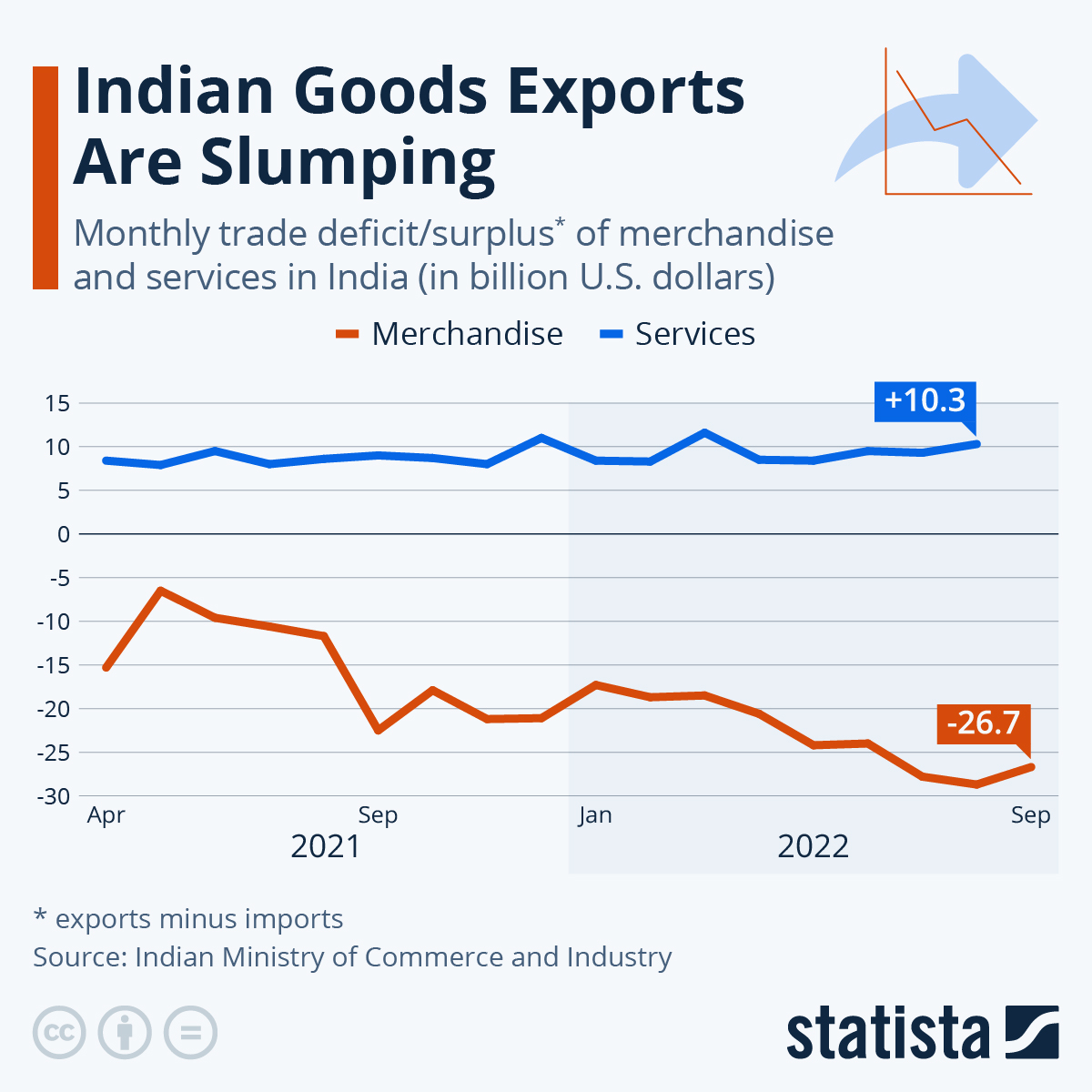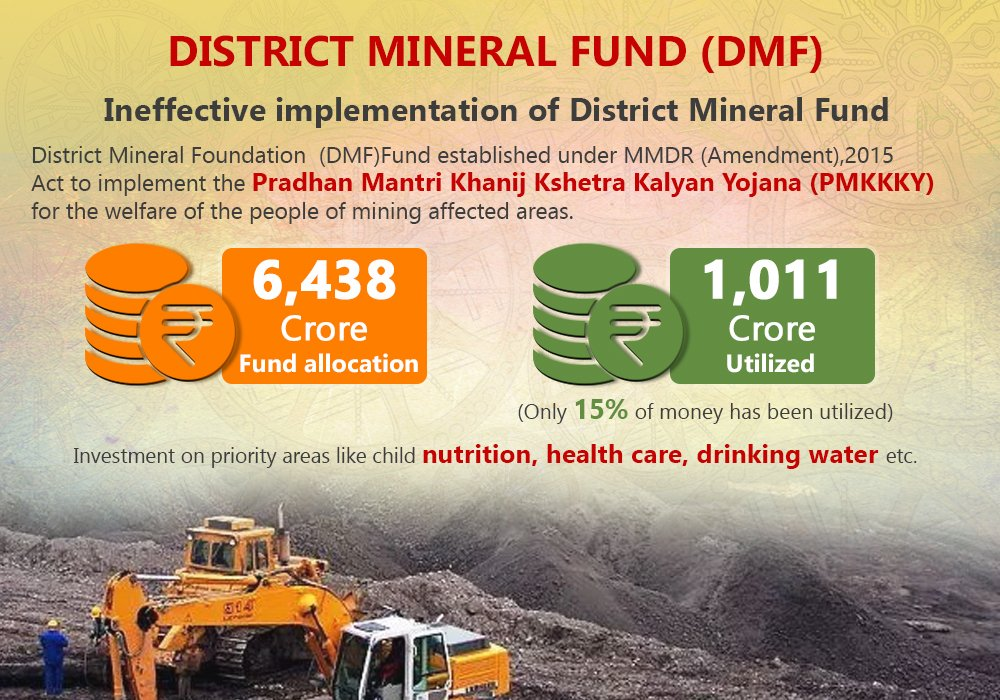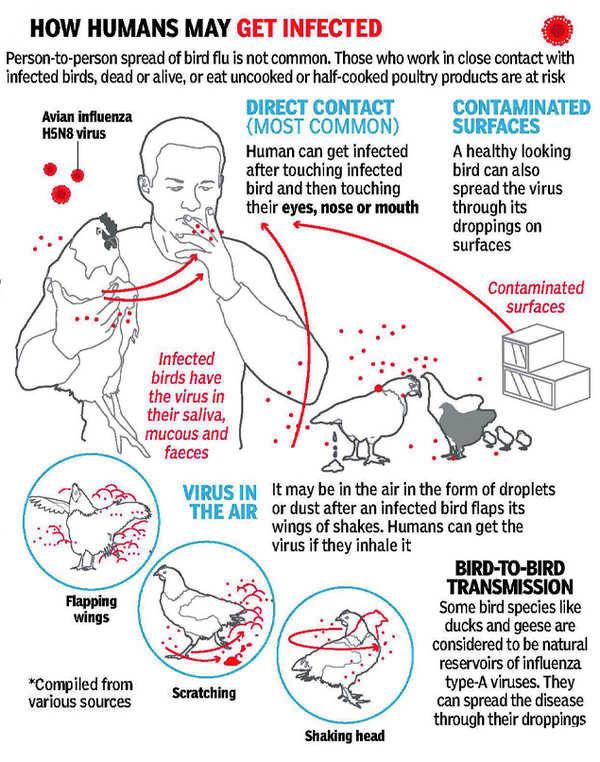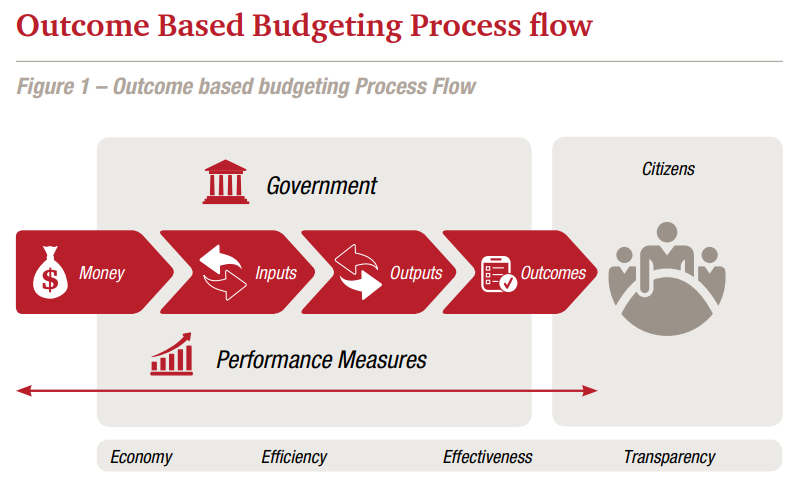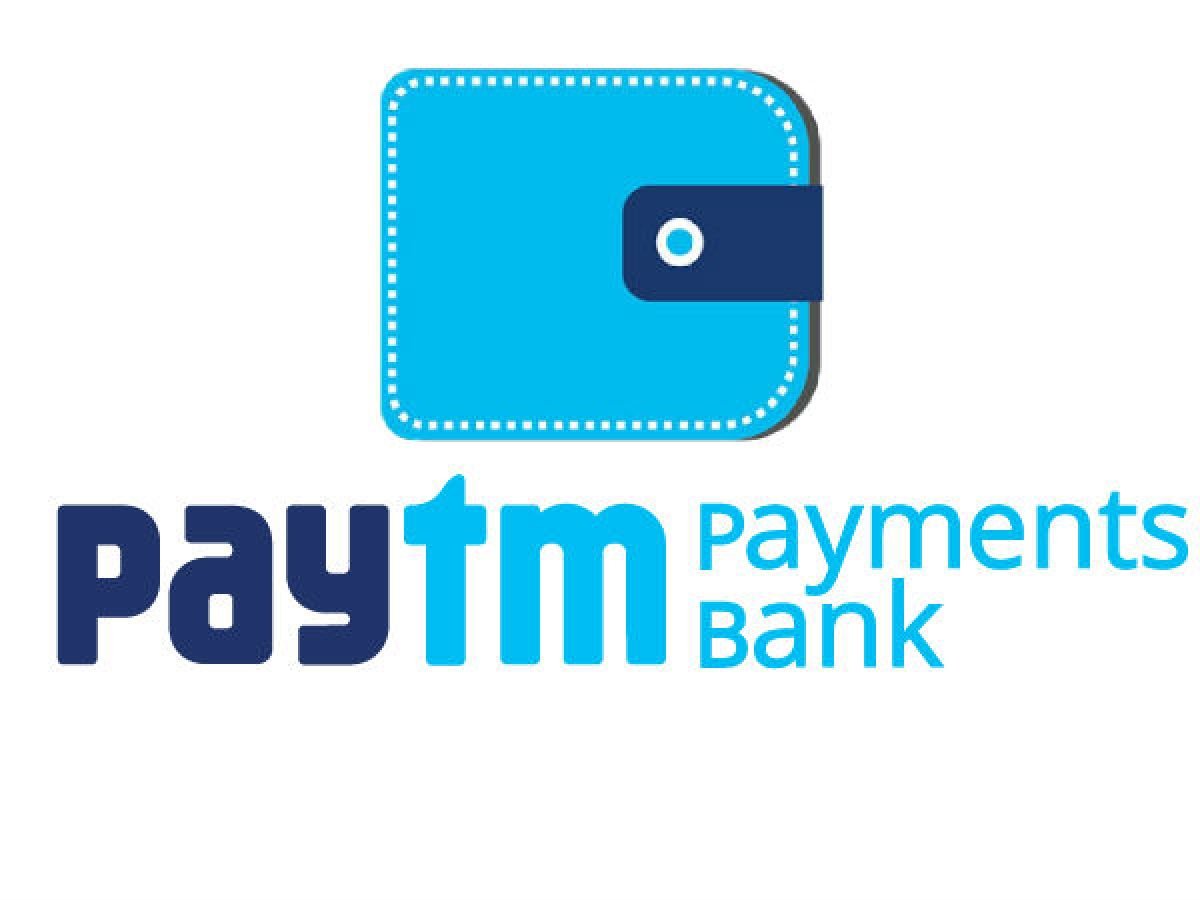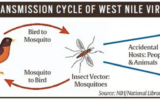
Public Distribution System (PDS)
Subscribers of "Current Affairs" course can Download Daily Current Affairs in PDF/DOC
Subscribe to Never Miss an Important Update! Assured Discounts on New Products!
Must Join PMF IAS Telegram Channel & PMF IAS History Telegram Channel
- Context (IE ): ED officials & CRPF personnel were attacked during an attempt to enter a TMC leader’s home in connection with the alleged PDS corruption scandal in West Bengal.
- PDS is a Government-run program for distributing essential commodities to vulnerable sections of society. Essential commodities distributed are wheat, rice, sugar, kerosene, etc.
- Some states/UTs also distribute additional items for mass consumption through the PDS outlets, such as pulses, edible oils, iodised salt, spices, etc.
- Under the PMGKAY, five kg of food grains per person per month are free to all beneficiaries covered under the NFSA. This was in addition to the food grains already provided under NFSA.
- The Ministry of Consumer Affairs, Food, and Public Distribution administers PDS and PMGKAY.
- It is operated jointly by the Central and the State Governments.
- The central government oversees food grain acquisition, storage, shipping, and bulk allocation.
- State governments are responsible for identifying beneficiaries and distributing grains to consumers through the Fair Price Shops.
Objectives of PDS
- Ensure the availability of essential commodities at reasonable prices (food security to all).
- Prevent hoarding and black-marketing.
- Mitigate the impact of inflation on vulnerable populations.
Significance of PDS
- Key tool for poverty alleviation and ensuring social welfare.
- Acts as a safety net, particularly for the poor.
- Provides Farmers with a stable market and income by purchasing at MSP.
- In times of famine or drought, it provides a buffer against food shortages.
- PDS contributes to preventing malnutrition, particularly among children and pregnant women.
- Helps to redistribute grains by supplying food from surplus regions to deficient regions.
How does PDS Function?

Evolution of PDS
| Chronology |
Key Developments |
| Around World War II |
|
| Till 1960s |
|
| After 1960s |
|
| 1970s |
|
| Till 1992 |
|
| June,1992 |
|
| June,1997 |
|
| December, 2000 |
|
| September,2013 |
|
| Recent Years |
|
Issues Associated with Public Distribution System (PDS) in India
- Leakages and Diversion: Commodities intended for the poor are often diverted to the open market,
- Challenges in identifying and targeting beneficiaries lead to inclusion and exclusion errors.
- Supply Chain Challenges: Inefficiencies in procurement, storage, and transportation.
- Monocropping: The provision of MSP has encouraged farmers to divert land from producing coarse grains consumed by the poor to rice and wheat.
- Rising Food subsidy: It has increased from Rs 21,200 Cr (2002-03) to Rs 2.2-lakh Cr (2019-2020).
Ways to improve PDS
- Reduces exclusion errors by implementation of a universal PDS. For example, Tamilnadu.
- To weed out ineligible beneficiaries, states are encouraged to link Aadhaar numbers.
- To reduce leakage and diversions,
- Promote Direct Cash Transfers (DBT).
- Computerization of PDS as recommended by the Justice Wadhwa Committee. States like Chhattisgarh and Gujarat are recognized as models for these efforts.
- Promote digitalisation measures such as digitising ration cards, GPS delivery tracking, and SMS-based citizen monitoring.
- Public participation through social audits and participation of SHGs, Cooperatives, and NGOs will ensure the transparency of the PDS system at ground level.
- Implementation of Shanta Kumar committee recommendations:
- Reduce the coverage of PDS by excluding relatively well-off households.
- Consider direct cash transfers to beneficiaries instead of the physical distribution of food grains.
- Decentralization of procurement operations, i.e. the committee recommended involving states and local agencies in procurement operations.
- Exploring involvement of the private sector in procurement, storage, and distribution processes.
- Review the MSP mechanism for food grains to ensure a fair and remunerative price for farmers while addressing concerns about overemphasising rice and wheat.
- Need to shift the focus towards promoting the cultivation, procurement, and distribution of millet and nutri-cereals to diversify the PDS and enhance nutritional outcomes.
- Review buffer stock norms to avoid excess accumulation and wastage of food grains.





![PMF IAS Environment for UPSC 2022-23 [paperback] PMF IAS [Nov 30, 2021]…](https://pmfias.b-cdn.net/wp-content/uploads/2024/04/pmfiasenvironmentforupsc2022-23paperbackpmfiasnov302021.jpg)

